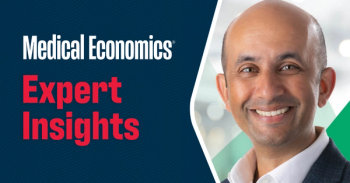
Top benefits and risks of sharing notes with patients
Medical note transparency can help patients and physicians communicate better, but many physicians remain tentantive
What happens when patients have access to the notes physicians write about them? While there is evidence that providing patients with unfettered access to their
Physicians attending the
Blog:
While many physicians support the transparency efforts, others believe it will burden practices with additional administrative work, increase documentation time and, perhaps, lead doctors to craft notes that are less than honest out of fear of offending or angering patients, especially on issues such as weight, substance abuse or mental health.
“A common theme is fear or concern about: ‘What will our patients think about us? What will they think about what I wrote about them?’” said Violette G. Gray, MD, an internist at Cedars-Sinai Medical Center in Los Angeles who participated in the ACP session as an audience member.
Physicians and patients who have used OpenNotes for an extended period of time have said the program represented a positive change, said Sara L. Jackson, MD, MPH, a clinical assistant professor in the department of General Internal Medicine at the University of Washington in Seattle.
Further reading:
She points to a 2012 Annals of Internal Medicine study, which followed physicians and patients in three health systems who used OpenNotes for a year to gauge its effectiveness and lasting appeal. Jackson participated in the study as a clinician at Harborview Medical Center in Seattle. The study found that patients were rarely confused, offended or worried about the notes they read. All of the patients wanted to continue with OpenNotes after a year, and no physicians elected to stop the program.
Linda Johnson, a patient advocate who participated in the OpenNotes study as a patient, said during the panel discussion that patients want to see this information and want to become more engaged in their health.
“How a patient uses the notes depends on how they want to use the notes,” she said. “The purpose of the open notes for me is to remind myself what I’m supposed to be doing between visits,” she said.
Further reading:
The pros and cons of OpenNotes
Newsletter
Stay informed and empowered with Medical Economics enewsletter, delivering expert insights, financial strategies, practice management tips and technology trends — tailored for today’s physicians.








